Study, work or travel in the UK. British
culture and life.


A guide for visitors to Manchester, including Salford
and Trafford
|
|
Study, work or travel in the UK. British
culture and life.
|
|
||
|
|
|
|
||
 |
||||
|
|
||||
 |
||||
|
A guide for visitors to Manchester, including Salford
and Trafford
|
||||
|
INTRODUCTION
|
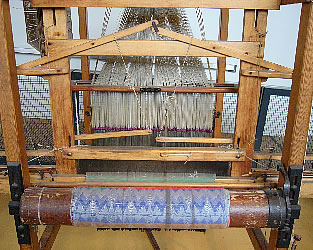 Manchester's growth was driven by the cotton industry. This loom is in the city's Museum of Science & Industry |
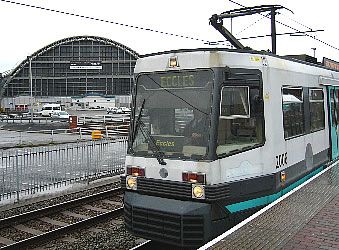 Manchester has a good public transport network, with frequent tram and bus services |
 |
"Time
Out" Shortlist Manchester (guidebook) Publisher: Time Out Group Ltd Date: April 2007 |
 |
Itchy
Insiders' Guide - Manchester 2007 (guidebook) Publisher: Itchy Group Date: March 2007 |
 |
Manchester
Through The Ages (DVD) Studio: Green Umbrella Productions Date: May 2005 |
 |
The
Mancunian Way (photo book) Publisher: Clinamen Press Ltd Date: May 2002 |
|
MANCHESTER TOWN HALL
|
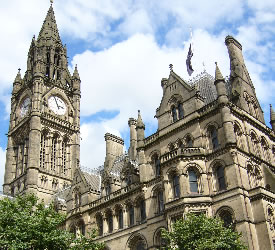 Manchester Town Hall |
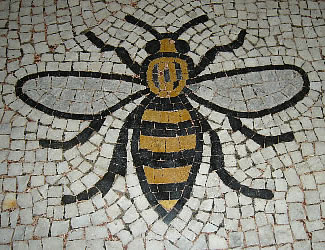 Manchester Bee |
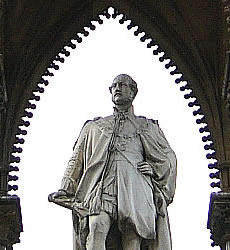 Prince Albert (Queen Victoria's husband) |
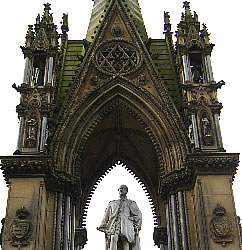 Albert Memorial (in Albert Square) |
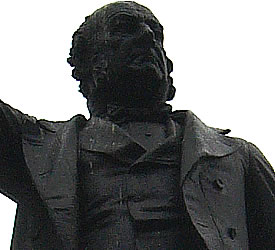 William Gladstone (British Prime Minister) |
|
CITY CENTRE LANDMARKS & ATTRACTIONS
|
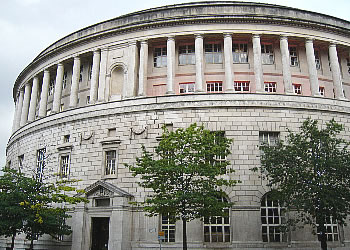 Central Library and Theatre (near St Peter's Square) |
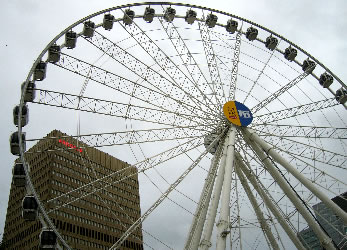 The Big Wheel (in Exchange Square) |
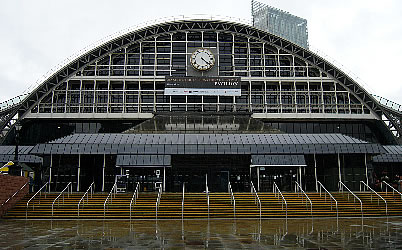 Manchester Central (formerly known as G-Mex) |
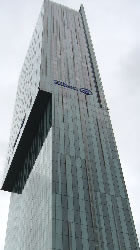 The Hilton Tower: the tallest building |
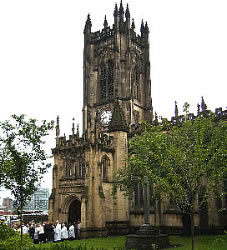 Manchester Cathedral (damaged by bombs in World War Two) |
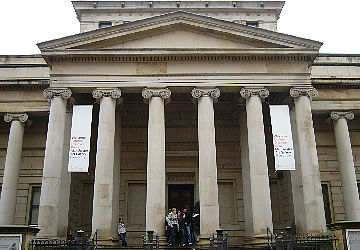 Manchester Art Gallery (includes works by Turner, Gainsborough, Stubbs, Rodin, Gaughin and Pisarro) |
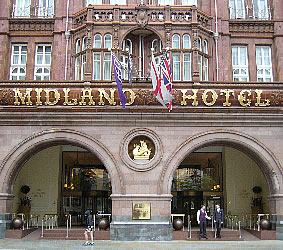 Midland Hotel (Mr Rolls first met Mr Royce here, before creating the Rolls-Royce car company) |
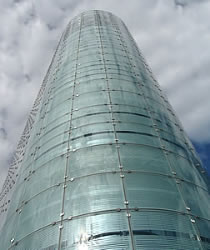 Urbis: a museum about city life |
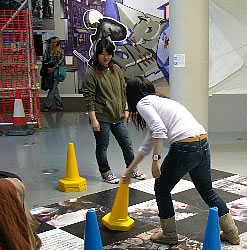 A temporary exhibition about urban play |
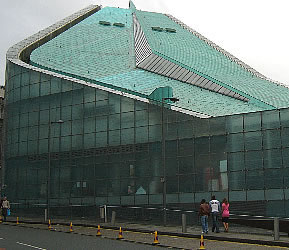 Side view of the museum building |
|
GAY VILLAGE
|
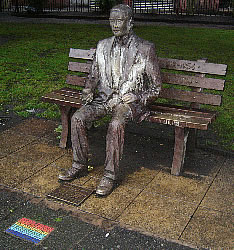 Statue of Alan Turing in Sackville Park (he is holding the apple which killed him) |
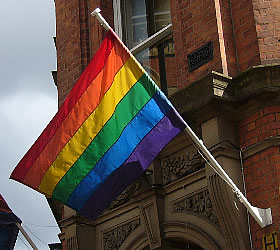 The rainbow flag is often used to identify gay pubs and bars |
|
MUSIC
|
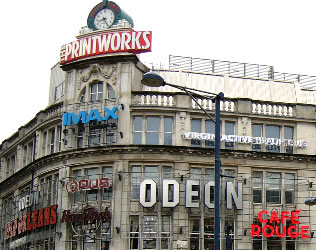 The Printworks |
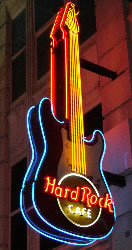 Hard Rock Café |
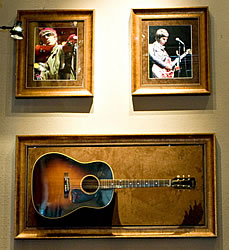 Oasis display in the Hard Rock Café |
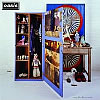 |
Stop
the Clocks (music CDs + DVD) Artist: Oasis Label: Big Brother Date: November 2006 |
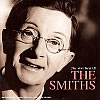 |
The
Very Best of the Smiths (music CD) Artist: Smiths Label: Warner Date: June 2001 |
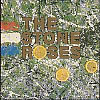 |
The
Stone Roses (music CD) Artist: The Stone Roses Label: Jive Date: June 2004 |
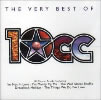 |
The
Very Best of 10cc (music CD) Artist: 10cc Label: Mercury Date: March 1997 |
|
SHOPPING
|
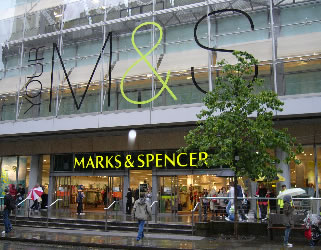 Marks & Spencer's in the city's retail area |
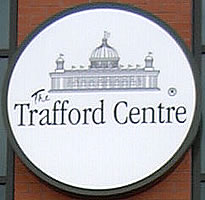 The Trafford Centre |
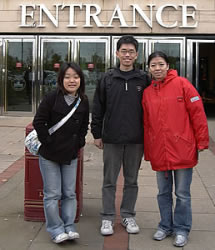 Entrance of the shopping centre |
|
SPORT
|
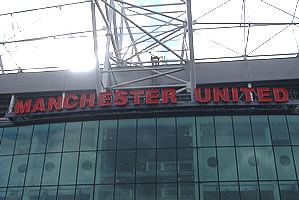 Old Trafford: Manchester United's stadium |
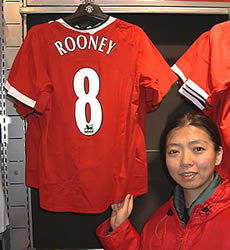 Wayne Rooney's number 8 shirt (he now wears number 10) |
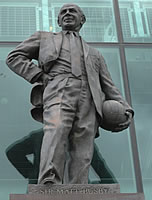 Sir Matt Busby |
|
IMPERIAL WAR MUSEUM NORTH
|
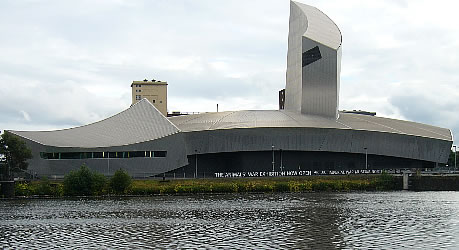 |
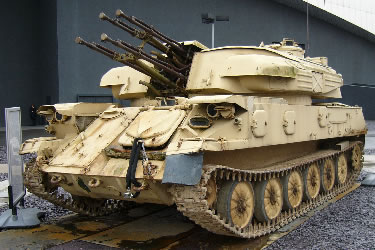 This old Russian tank is displayed outside the museum |
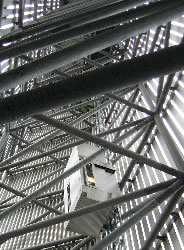 Lift to the top |
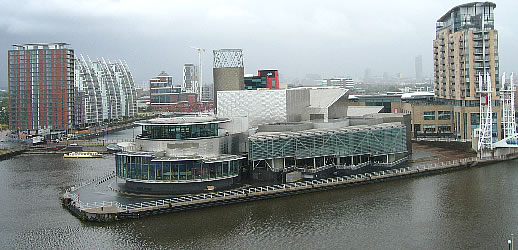 View of Manchester Ship Canal and The Quays |
|
THE LOWRY
|
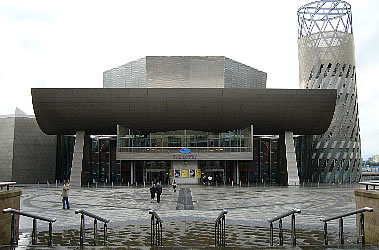 The Lowry |
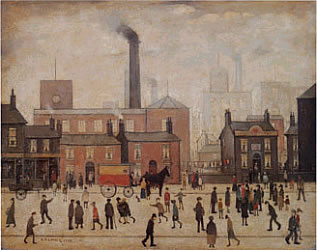 "Coming home from the mill" by L S Lowry |
 |
Lowry:
A Visionary Artist Author: Michael Howard Publisher: Lowry Press Date: April 2000 |
 |
L.S.Lowry:
A Life Author: Shelley Rohde Publisher: Haus Publishing Limited Date: April 2007 |
|
FOOD & DRINK
|
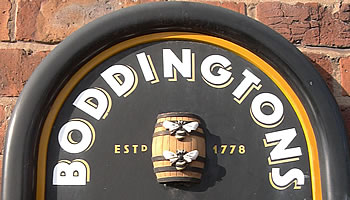 Boddingtons Beer |
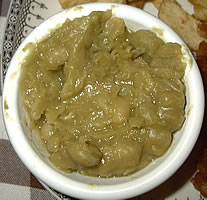 Mushy peas |
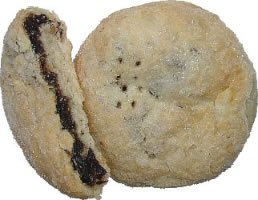 Eccles cakes |
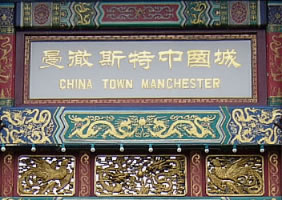 Welcome to Manchester's Chinatown |
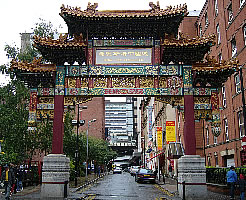 Chinese Arch |
|
EDUCATION
|
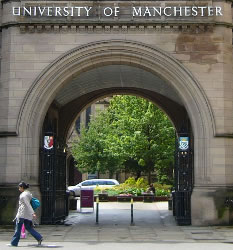 University of Manchester |
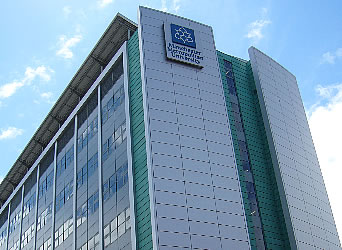 Manchester Metropolitan University |
|
OUTSIDE MANCHESTER
|
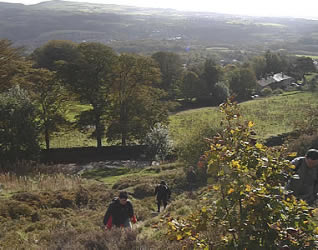 The walk up to the top of the hill ... |
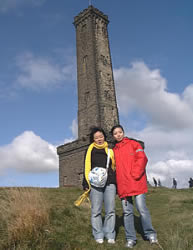 ... to see the Peel Tower |
|
FURTHER INFORMATION
|
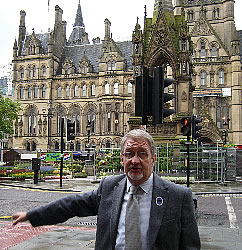 City tour by a Blue Badge guide |
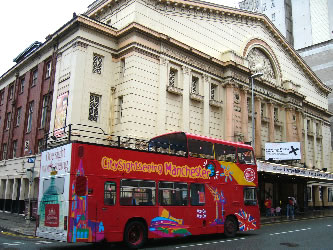 Open-topped bus tour by City Sightseeing |
|
Lonely Planet verdict: Manchester
"The uncrowned capital of the north and the world's first industrial city, Manchester has reinvented itself as one of the most exciting cities in Britain. To many, the city is best known for its successful football team and the top-class nightlife ... but Manchester is also where you'll find a wealth of fascinating museums, rich and varied dining and some of the best shopping outside of London ... There is a terrific buzz about Manchester" (extracts from "Lonely Planet Great Britain - 2003 edition", used with permission) |
|||
 |
Lonely
Planet Great Britain Publisher: Lonely Planet Publications Date: May 2009 |
 |
Lonely
Planet England Publisher: Lonely Planet Publications Date: March 2009 |
|
|
|